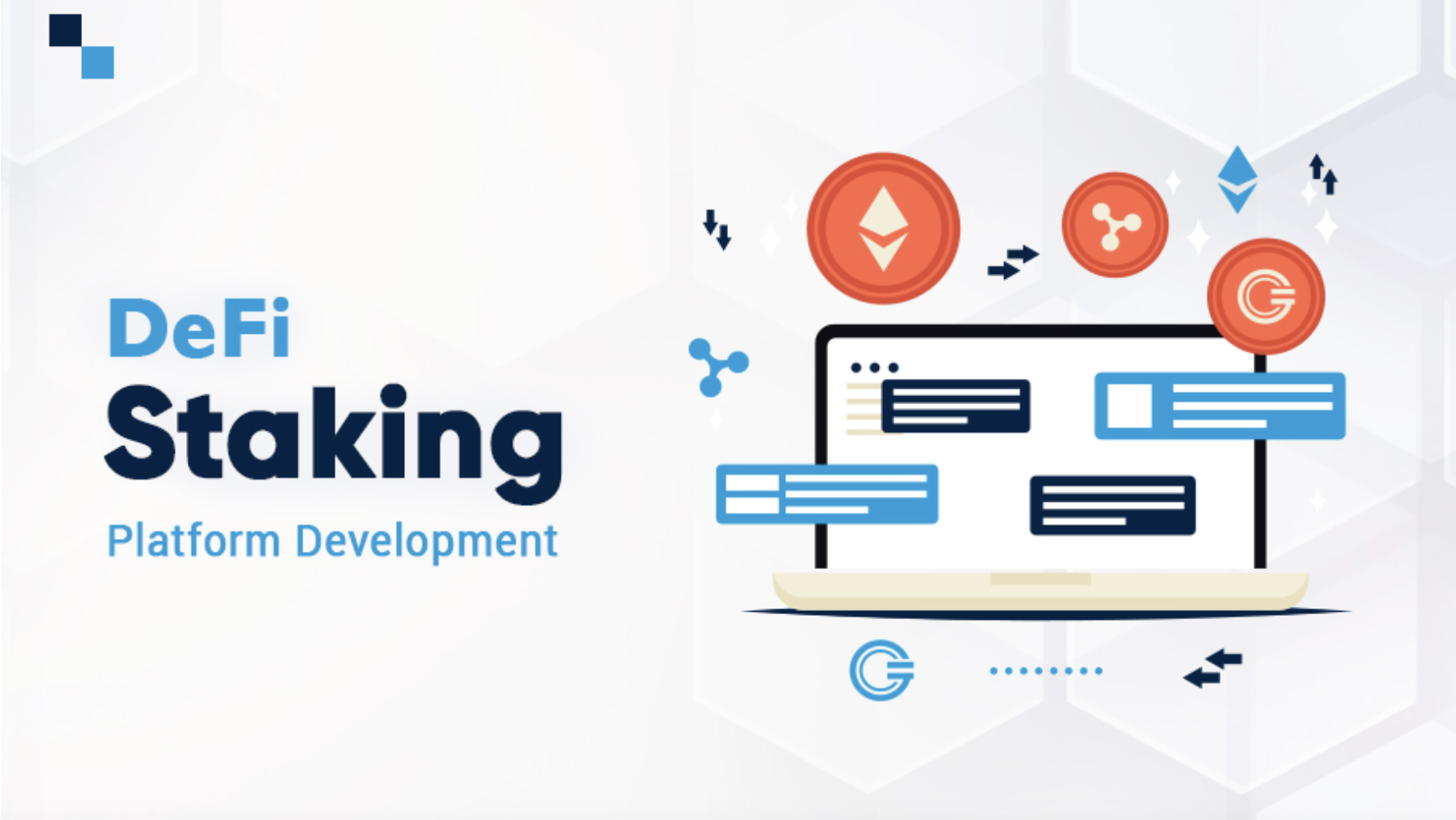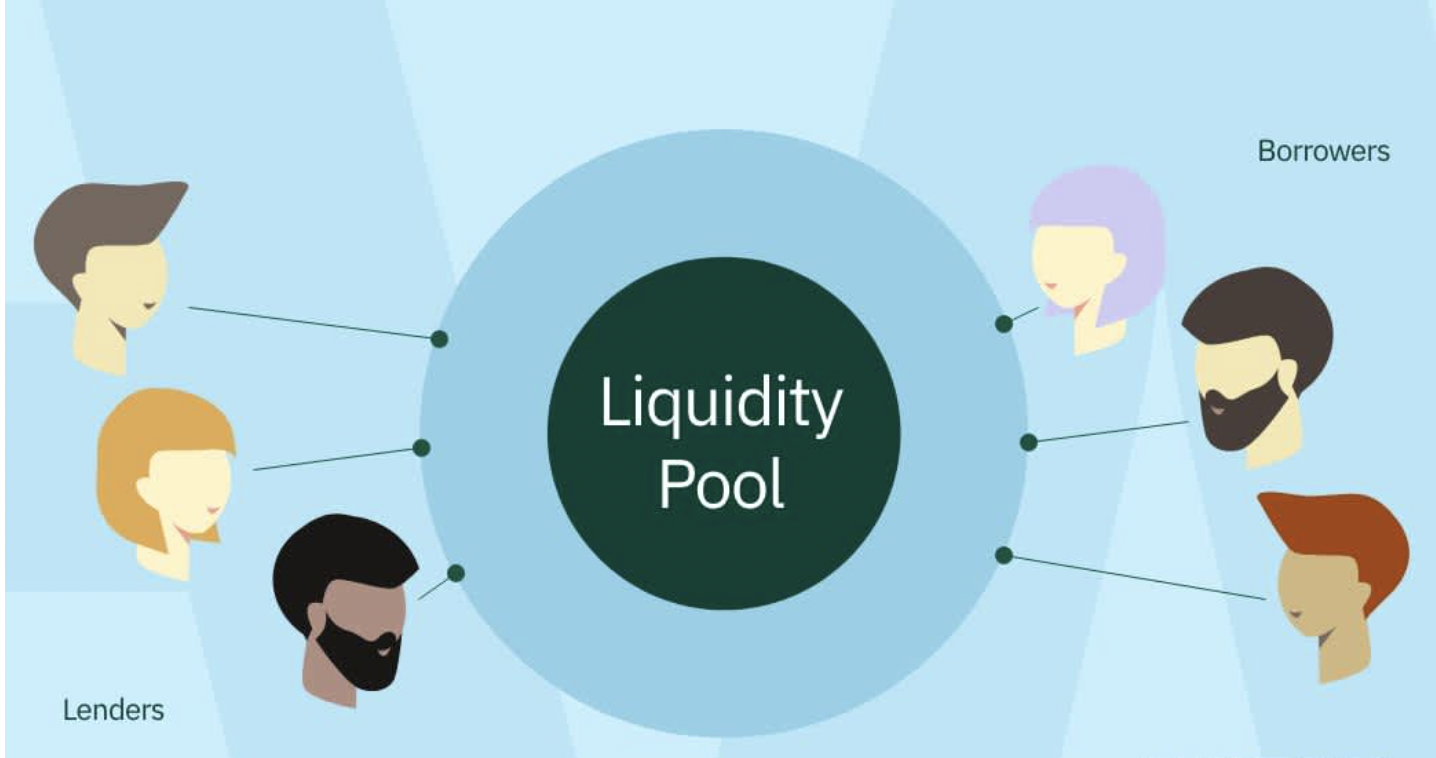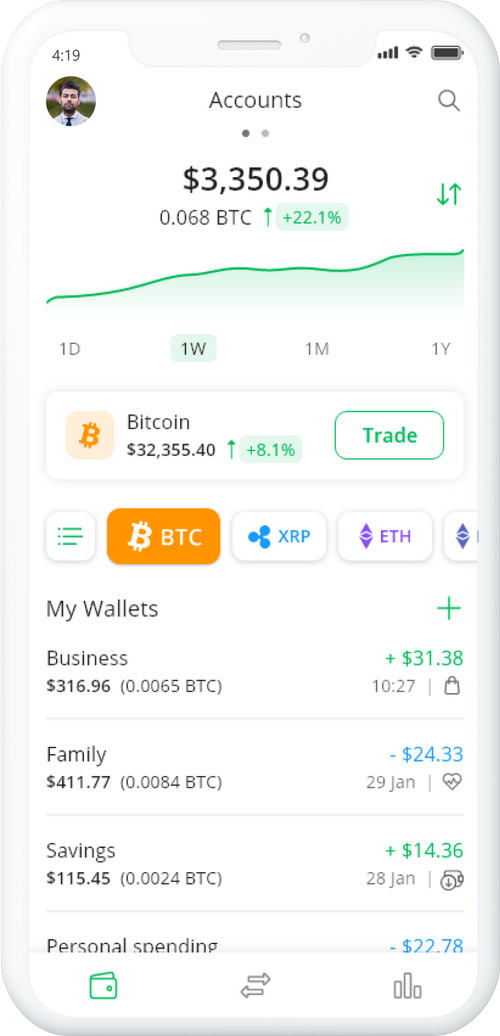DeFi staking is considered one of the hottest trends in the cryptocurrency space right now. Not only does it allow you to generate passive income, but you'll also get to leverage decentralized finance. So, how can you get started to grow your investment?
In this guide, we'll cover everything you need to know about DeFi staking and how to get a passive income from it. From learning about the different types of staking to choosing the right one for you, we'll help you get started on your path to financial success.

What Is DeFi?
DeFi is a term used to describe decentralized finance. It encompasses a wide range of financial products and services that are built on top of the blockchain. The blockchain is essentially a public ledger for crypto and other digital assets. DeFi can include anything from lending and borrowing to collateralized stablecoins and asset-backed tokens.
What Is DeFi Staking?
DeFi staking is simply the act of lending your crypto assets to a DeFi protocol in order to earn interest. In return, you'll typically receive tokens or coins from the protocol that you can hold or trade. It's typically a very passive way to earn income as you're not actively participating in the market. This allows users to make money from their investments instead of simply waiting for the market to go up.
DeFi Staking Types
There are many different types of DeFi staking. However, here are some of the most popular ones:
- Staking
Staking is the simplest form of staking and involves lending your crypto assets to a DeFi protocol in return for interest payments. The interest payments are generally very predictable and can be passive income.
With Proof of Work, validating transactions requires lots and energy-consuming computational work.
In contrast to this costly process, POS is a rewarding algorithm that relies on stakeholders with a vested interest in verifying network validity through their staked crypto assets. These people have an incentive not only because they stand to lose part or even all investment if something goes wrong but also due reward scheme which encourages diligence from those willing enough to take up responsibility as a node within the given system.
- Yield Farming
Yield farming is a type of DeFi staking where you lend your crypto assets to multiple DeFi staking platforms to maximize the amount of money you're able to make. Those who are a part of yield farming not only earn a percentage of revenue generated by the platform they choose to stake in, but they also earn interest as passive income. This is great because they can easily switch between various platforms and pools to find the best rates of return, increasing the amount of money they can make.
Yield farming is a relatively new concept and is constantly evolving. Therefore, it's important to do your own research before getting involved in any yield farming activities as it is also one of the riskier ways to stake your crypto assets.
- Liquidity Mining
Liquidity mining is a type of staking where you deposit your crypto assets into a liquidity pool. In return, you'll receive tokens or coins from the pool that you can use to trade or hold.
By providing access to an incentive-based pool, liquidity providers can receive financial rewards in the form of fee percentages or tokens that they hold. To ensure these programs are financially rewarding for all parties involved—including stakers who provide their computing power through DeFi protocol incentives—these pools need robust reward schedules, which will be discussed below.
The returns you generate from liquidity mining will vary depending on the pool that you choose to join. Therefore, it's essential to do your own research before getting involved in any liquidity mining activities.

Pros of Staking DeFi
- It's Inexpensive to Participate
In order to start staking your cryptocurrency, all you need is the amount of crypto you want to stake and a wallet to store it in. You don't need to buy any expensive hardware or software, nor do you need to put down a large amount of money.
- It's Passive Income
One of the best things about staking is that it's a passive way to earn income. You don't need to do anything except deposit your crypto assets into a staking pool and wait for the payments to come in.
- Safer Than Other Investments
DeFi staking is a very safe investment. Unlike other investments, you don't have to worry about your crypto assets being lost or stolen. This is because the network that you're staking in, also referred to as the blockchain, is very secure.
DeFi staking is also a very safe investment because you're not trusting a single entity with your money. When you stake your crypto assets, they're stored on the blockchain. This means that they're immutable and can't be changed or deleted.
- Increases the Worth of Your Asset
When you stake your crypto assets, you're helping to secure the network. This helps to increase the value of your assets and makes them more valuable. Plus, your crypto would not have been making any additional money from sitting in your wallet unless the value of the crypto fluctuates, which is why staking is an excellent way to increase the value of your assets.
- Easy to Get Involved
It's easy to get involved in staking. All you need is a wallet and some crypto assets. You can find a variety of staking pools online, making it easy to choose which one is best for you.

Cons of Staking DeFi
- Inability to Use Coin While Staking
When you stake your crypto assets, you cannot use them. This is because they need to be deposited into a staking pool in order for you to start earning rewards.
If you need to access your crypto assets for any reason, you'll have to unstake them first, which can take some time and will discontinue any earnings you were going to make on your crypto.
- No Guaranteed Results
Like any cryptocurrency investment, there is no guarantee that you will earn a return on your investment. Your results will depend on the pool that you choose to join and how much computing power you're able to contribute.
- Small Profits Gained
The profits that you earn from staking are usually relatively small. This is because the rewards for staking are generally meager, and most pools offer a tiny percentage of the total rewards.
How Does DeFi Staking Work?
Now that we've discussed the pros and cons of DeFi staking, let's look at how it works.
As we mentioned before, in order to start staking your crypto assets, all you need is a wallet and some crypto. You can find a variety of staking pools online, making it easy to choose which one is best for you.
Once you've joined a staking pool, you'll need to deposit your crypto assets into the pool. The size of your deposit will determine how much computing power you're able to contribute to the pool. The more computing power you're able to contribute, the higher your chances of earning rewards.
Once your assets are deposited, the pool will start mining for rewards. The size of the rewards depends on the pool that you're participating in, but they usually range from a few cents to a few dollars per day. The rewards are distributed to the participants in the pool based on their contribution level.
If you're looking for a passive way to earn some additional income, then DeFi staking is a good option for you. It's a safe investment and doesn't require much time or effort to get started. Plus, you're helping to secure the network and increase the value of your assets.
Models of DeFi Staking Platform
There are a few different models of Defi staking platforms. The most common types include:
- Stablecoin DeFi staking platforms
Stablecoins are cryptocurrencies that maintain their value and don't fluctuate based on how much people want to buy or sell them. Stakers can earn interest by lending coins through these stablecoin platforms, which also offer returns for holding onto your tokens as well!
- Synthetic token staking platforms
Synthetics is a platform that offers synthetic assets which are not related to blockchain. The company generates tokens for these non-existent currencies and makes them available on their market with interest rates attached to the likes of gold or silver.
- Staking Aggregators
There are several DeFi aggregators that give information on a variety of liquidity pools and protocols. These tools assist customers in more intelligently allocating their assets, resulting in them obtaining the greatest return on investment.
Key Takeaways
DeFi staking is a way to earn passive income by helping to secure the network and increase the value of your assets. In order to start staking, all you need is a wallet and some crypto. While the profits you earn from staking are usually relatively small, it's a safe investment that doesn't require much time or effort to get started. To get started, purchase your crypto today online or in person at a crypto ATM.
FAQ
How long do I need to lock up my funds?
The length of time that you need to lock up your funds will vary depending on the pool that you choose to join. However, most pools require that you lock up your funds for a minimum of 2 weeks.
Is it possible to redeem earlier?
Yes, most pools have a redemption period of 7 days. This means that you can withdraw your funds at any time during the 7 day period, but you will lose any rewards that you've earned.
How long does it take to redeem?
The redemption process usually takes around two weeks. However, the specific timeline depends on your specific pool.



